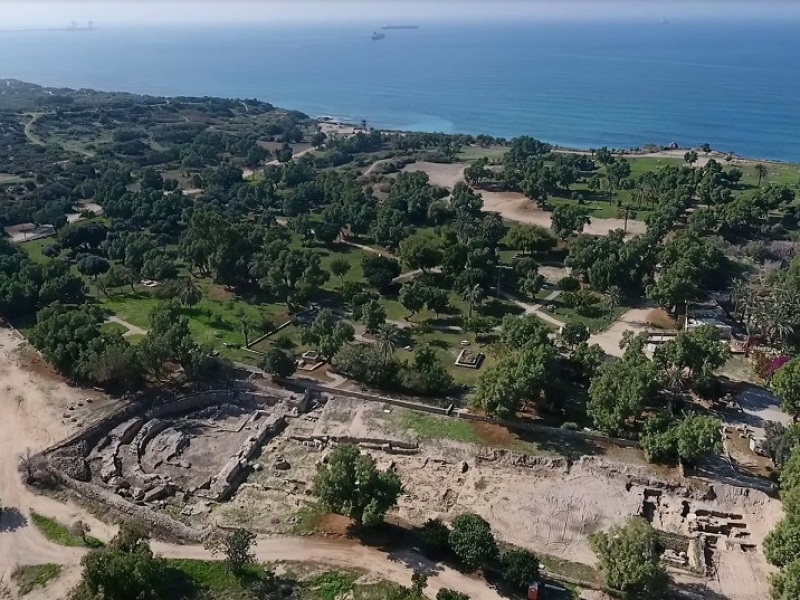
An ancient Roman basilica was excavated in Israel following a development project of a park in Ashkelon.
The Israel Nature and Parks Authority (INPA) announced that the Israel Antiquities Authority (IAA) has unearthed the basilica, believed to be 2,000 years old, during the renovation works at Tel Ashkelon National Park, The Jerusalem Post reported.
But according to IAA's Dr. Rachel Bar Nathan, Saar Ganor and Federico Kobrin, it was already found by a foreign archaeologist about a hundred years ago.
"The basilica was first discovered in the 1920s by British archaeologist John Garstang who led an expedition on behalf of the Palestinian Exploration Fund and then covered the structure once again," they said.
The excavation of the area was only resumed in 2008 to 2012, as well as in 2016 to 2018.
The structure has three sections, including a main hall and two side parts. The hall was said to be surrounded by large marble columns adorned in Roman style.
Dr. Bar Nathan, the authority's director of excavation, shared that the structure is believed to be built by Herod, based on Garstang's observations.
"Garstang had already calculated the dimensions of the building, and seeing the remains of the marble columns, made with materials imported from Asia Minor, he had suggested that the basilica dated back to the time of King Herod the Great, since historian Josephus described how the king built a colonnaded hall and other structures in the city," she said.
However, the director explained that though the building was constructed during the reign of Herod, the "more grandiose elements," marbles and columns were only built between the second and third century, at "the time of emperor Septimius Severus style."
The authority also found a small odeon or theatre, Herodian coins and marble structures created during the reign of Severus.
The building was destroyed during an earthquake in 363 CE but the archaeologists are planning to restore its parts so that visitors would have a sense of its splendor as it was built during the Roman period.
The restoration of the basilica and theatre is being handled by the IAA, in partnership with the INPA, Leon Levy Foundation and the Ashkelon Municipality, as part of the area's development. The park is set to be made available to the public soon.
Ashkelon Mayor Tomer Glam said that the current works and recent discoveries would fortify the park's status as the nation's "most beautiful."
"The Ashkelon National Park is one of the most important ancient sites, both in Israel and in the world, and time and time again it emerges as one of the most visited sites in the country. I am convinced that the restoration and conservation work in the park, the new archaeological discoveries, and the development work - including new accessible paths - will contribute significantly to the park's natural beauty and strengthen its status as the most beautiful and well-kept national park in Israel," Tomer declared, captured by CBN News.
Its website describes the park as "a fascinating antiquities site" where people can enjoy nature and bath in the beach.
Along with the basilica, it also features the Canaanite Gate, antilia wells, rampart, medieval walls, bathing beach, amphitheater, as well as sand dune and kurkar.




















